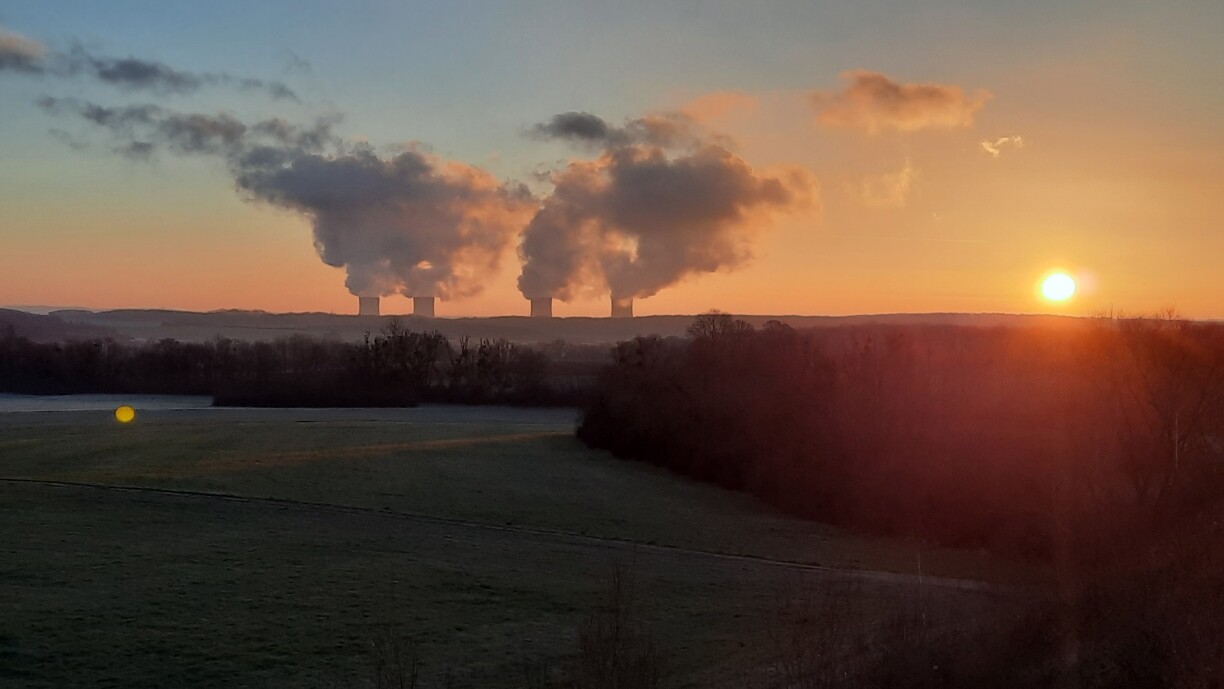
In this context, the European Commission decided to label both nuclear and gas power as “green and sustainable”. The EU’s taxonomy plans are meant to make investment into sustainable energy sources easier.
The plan, which divides the 27 EU member states, has already angered many environmental NGOs and raised doubts in the financial world.
At their weekly meeting this morning, EU commissioners approved a list of criteria for classifying investments in nuclear or gas-fired power plants for electricity generation as “sustainable”. So far, this privilege was reserved for renewable energies.
The text is meant to help mobilise private funds towards activities that reduce greenhouse gas emissions. It is in line with the EU’s objective of becoming carbon neutral by 2050.
“Today we take another important step in the transition towards this goal. We have to use all the tools at our disposal, because we have less than 30 years to get there,” European Commissioner for Financial Services, Mairead McGuinness, said at a press conference.
A small group of countries including Austria and Luxembourg, led by Germany, fought to exclude nuclear energy from the list. Berlin, which still operates coal-fired power plants, is banking on the rise of wind and solar power and new gas-fired plants to secure its supply, despite criticism of its dependence on Russia.
Luxembourg, Austria, and Germany have recently reaffirmed their fierce opposition to the plan. “Including nuclear power would send the wrong signal. It is not economical, and it is not a transitional energy either, it takes too long,” Minister for the Environment Carole Dieschbourg stated.
Meanwhile, Austria, Denmark, the Netherlands, and Sweden challenged the “green” label for gas in a joint statement.
France, which wants to revive its nuclear sector as a source of decarbonised electricity, and central European countries such as Poland and Czechia, which need to replace their highly polluting coal-fired power stations, supported the initiative.
Energies which are included in this classification can benefit from a reduction in financing costs, which is crucial for the projects concerned and for the states willing to support them.
But environmentalists are critical of the inclusion of gas-fired power plants, which emit CO2, and nuclear power, because of its radioactive waste and the risk of accidents.
Brussels replied that renewable energies, already labelled by the Commission and which “remain a priority of European policy”, will not be able to meet the growing demand for electricity on their own, due to their intermittent production. Hence the need, on a transitional basis, to also encourage investment in “stable and controllable” means of production, according to the European Commission.
The Commission argues that the text obliges companies to declare all their gas and nuclear activities, allowing investors who wish to do so to exclude them from their portfolio.
The document was sent to the 27 EU countries on the evening of 31 December. It has changed little since then despite criticism.
It imposes strict conditions on the labeling of nuclear and gas activities, including a time limit and an obligation to use the best available technology.
For the construction of new nuclear power plants, the projects must have obtained a building permit before 2045. Work to extend the life of existing plants must be authorised before 2040.
For gas, the Commission is imposing a CO2 emission ceiling of less than 100 g per kWh, a threshold that experts say is unattainable with current technologies. However, a transition period is foreseen, and power plants obtaining their construction permit before 31 December 2030 will see this threshold raised to 270 g, provided they replace infrastructures that are even more polluting.
For a period of four months (which may be extended by two months), starting on Wednesday, the European Parliament may reject the text by a simple majority vote. The European Council could also theoretically oppose it, provided that 20 member states would vote to do so, which seems unlikely for the time being.